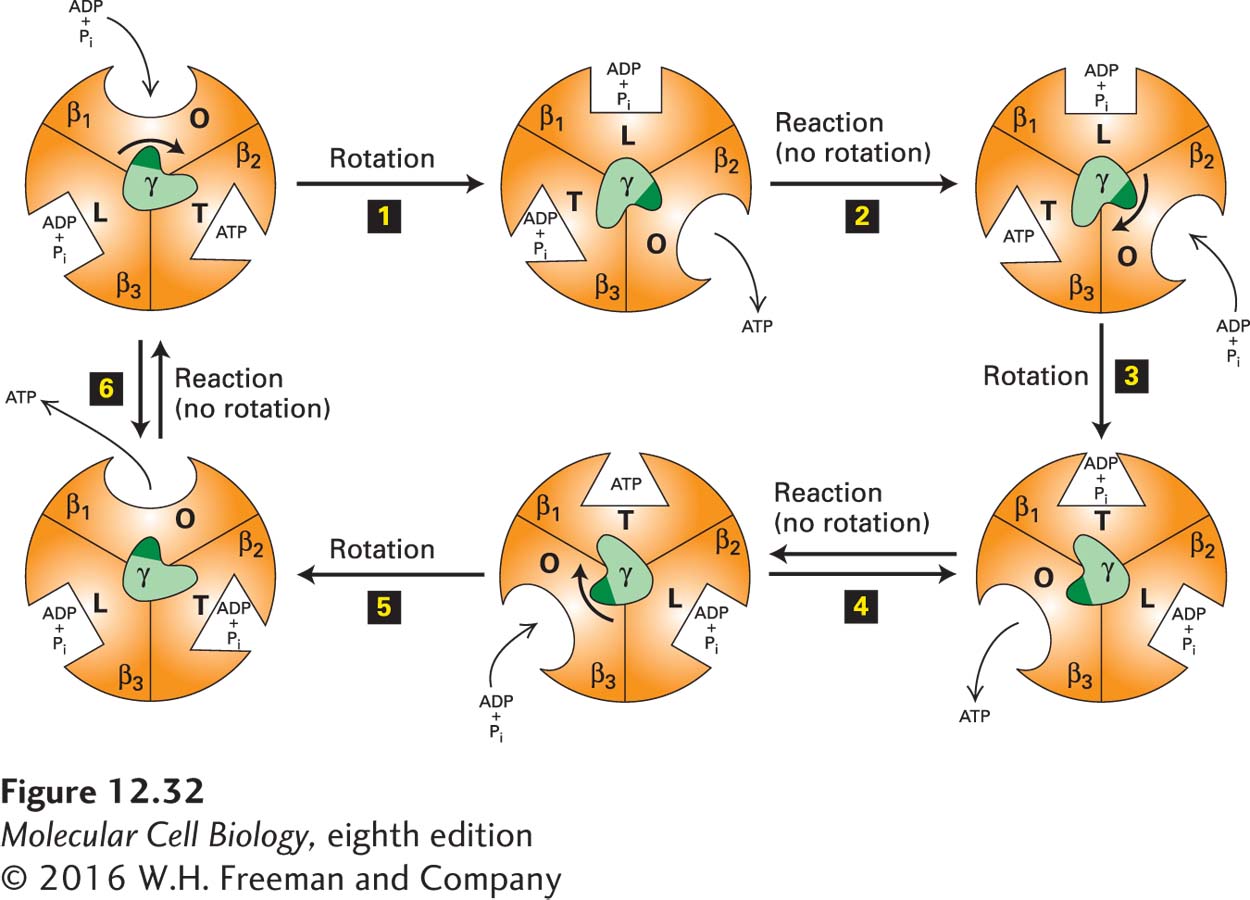
FIGURE 12- g- 2- e-